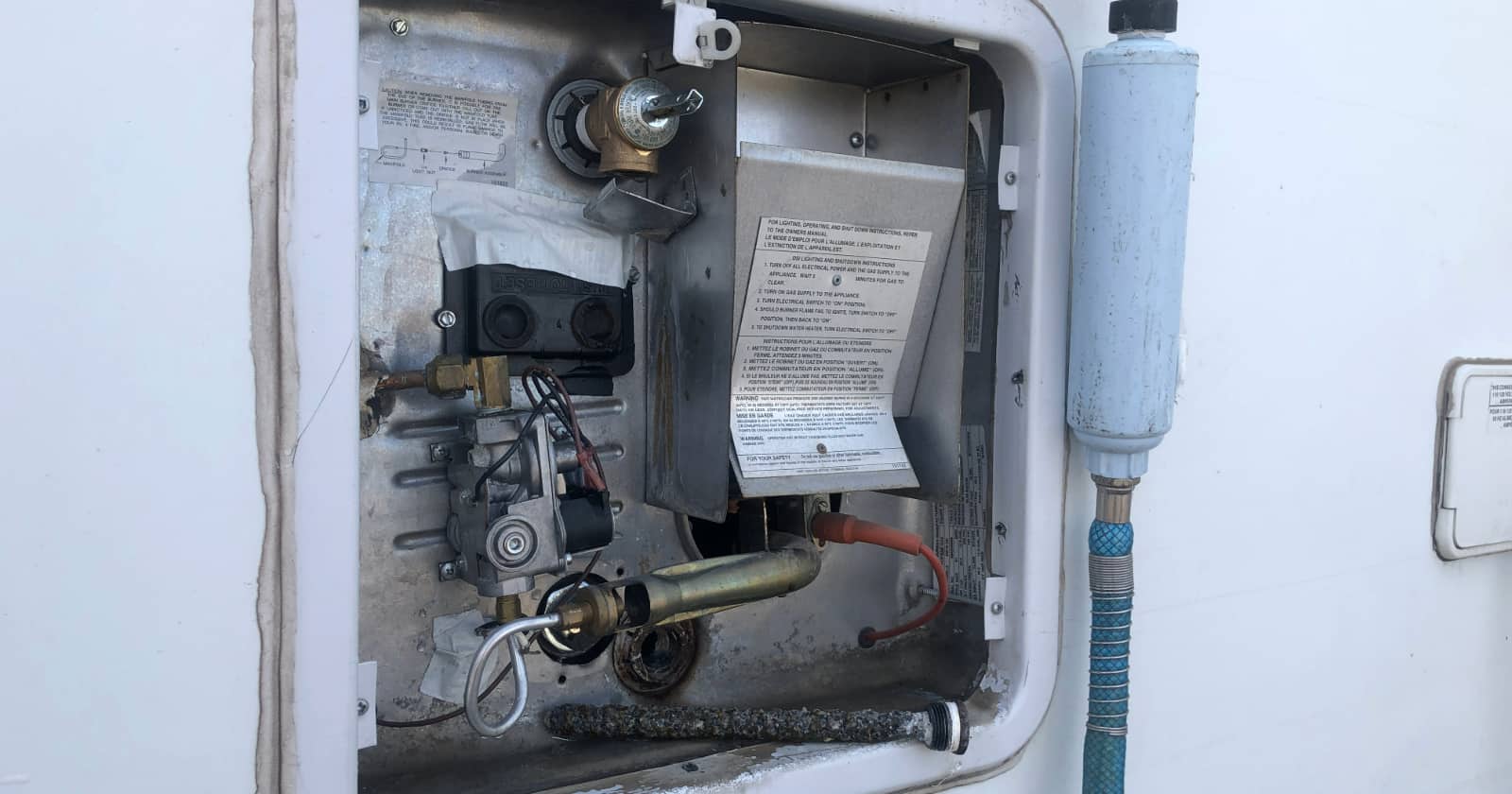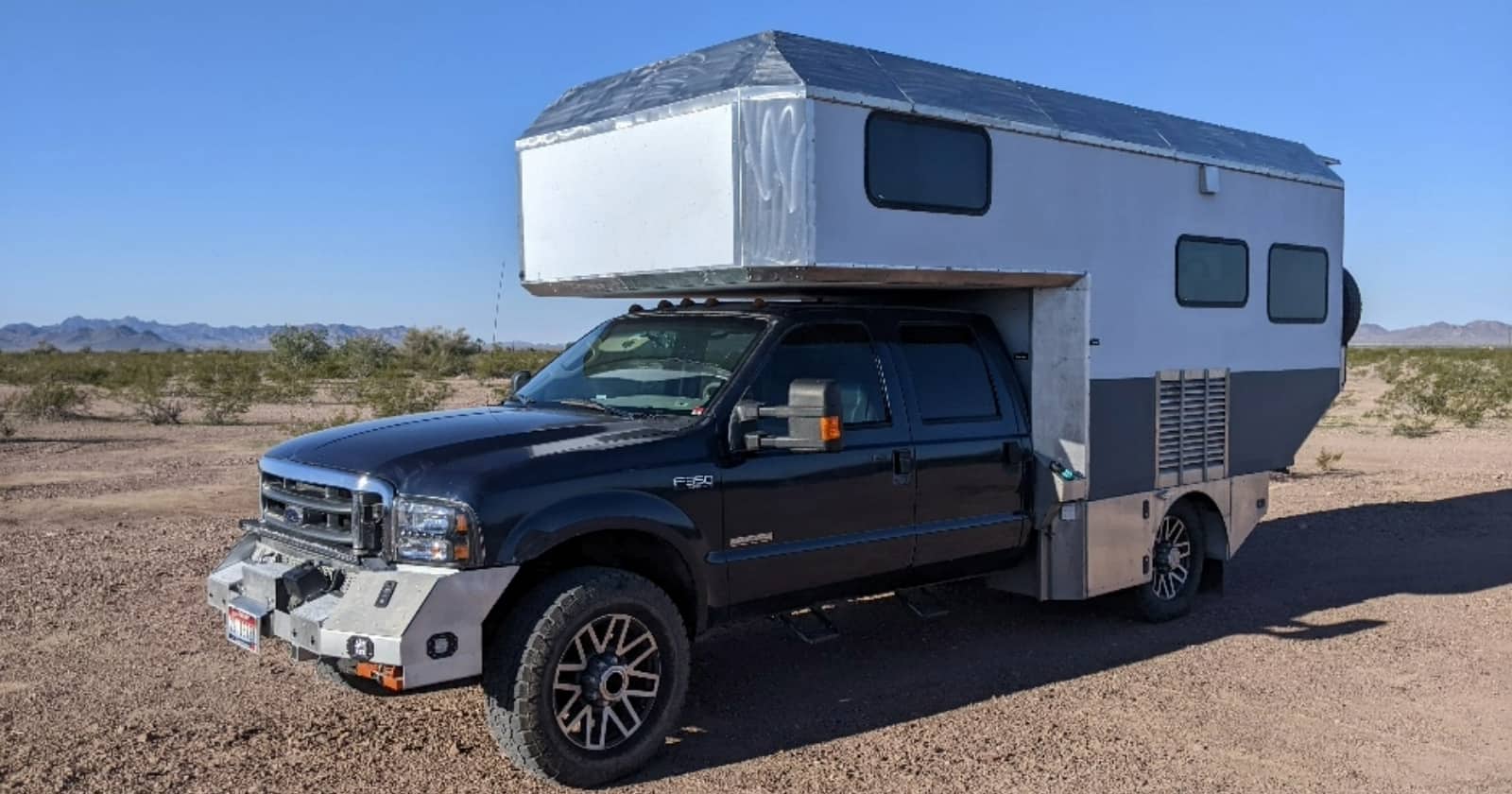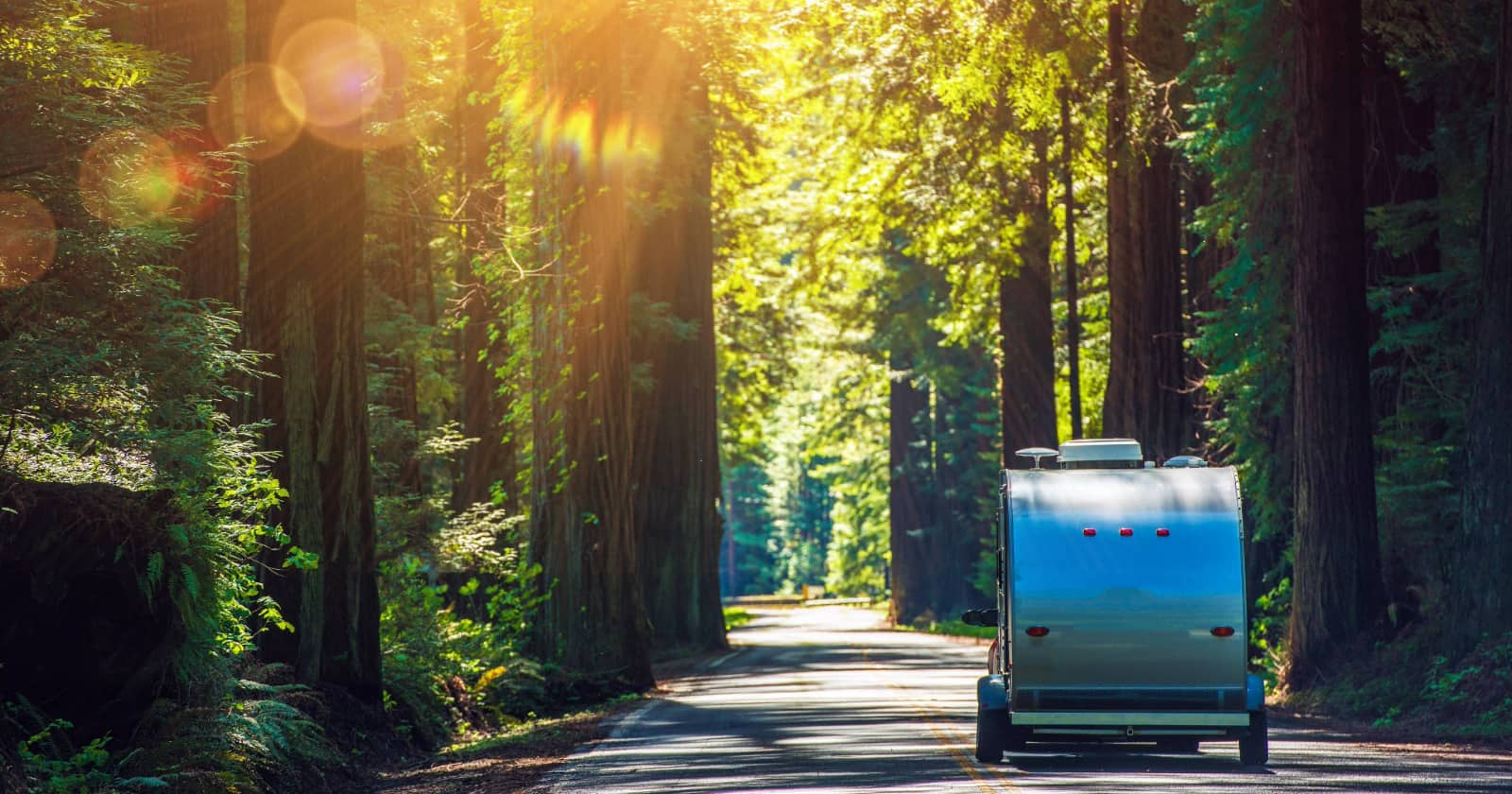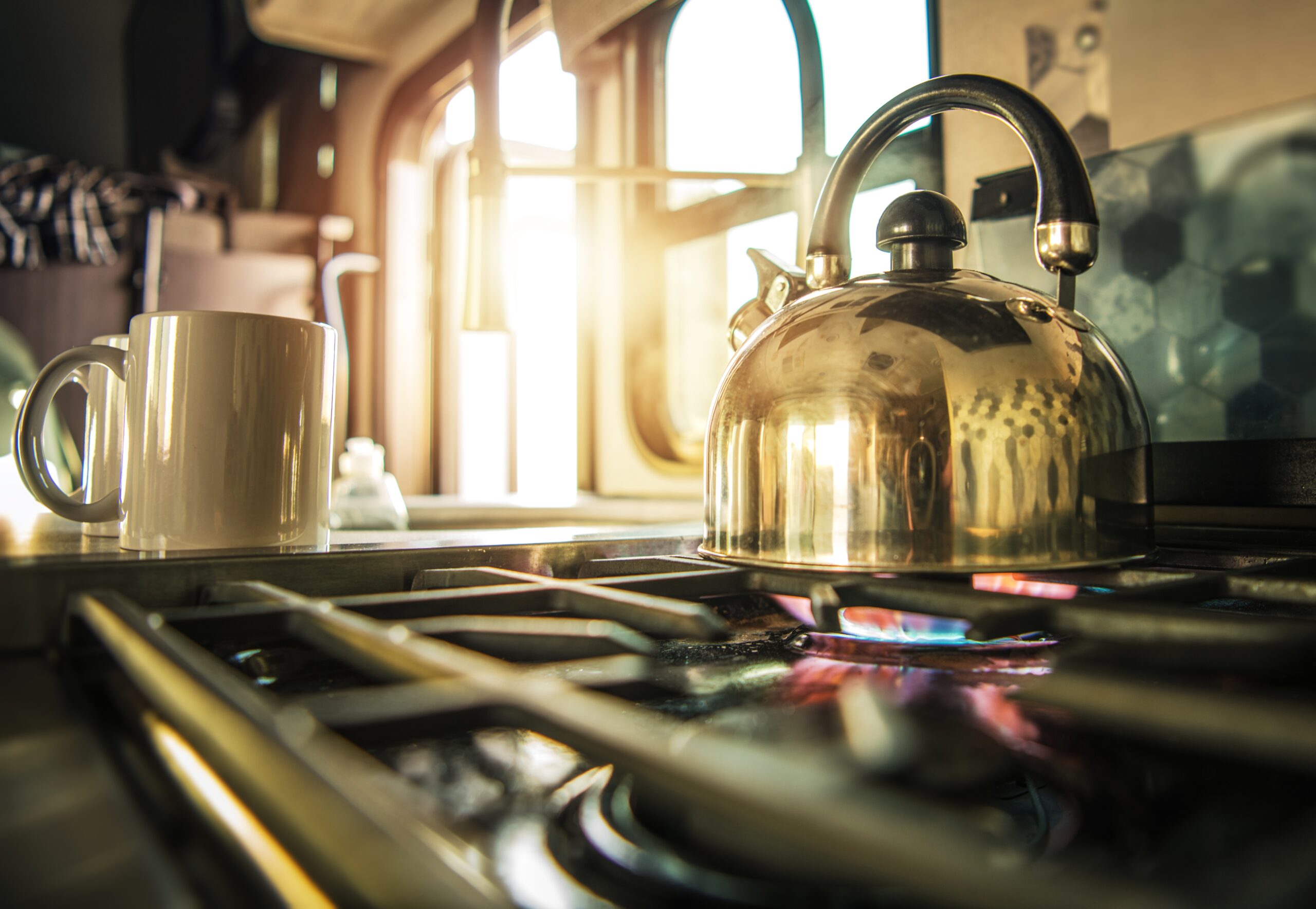
Use These Tricks To Preserve Your RV Propane And Batteries
1. Use a small space heater at night and employ multi-zone controls
Localizing your heat usage to where it’s needed most can save on energy costs. For example, if you prefer to heat your bedroom at night to 65 degrees, there may be no point to warming the entire RV. Placing a safe, small space heater in your bedroom will allow you to set a much lower temperature for your RV overall and keep your smaller space warm while saving your RV propane. Newer, smart space heaters also allow you to operate the device from your smartphone, allowing even more control.
When running air conditioning, consider using multi zone features of your thermostat if available. Cooling smaller areas should benefit your electric use. You can also save power while cooling the RV with an A/C softstarter.
2. Shop for the best RV propane prices
Although it’s certainly easier to fill your tanks while you are at the RV park, there’s usually a better price nearby. Check your local hardware stores and propane refill stations for the best price—it really adds up.
3. Use an insulated RV skirt year round
RV skirts form a seal around the perimeter of your RV’s underbelly, preventing wind from whisking away heat or cold from the bottom of your RV. While traditional vinyl skirts do very little to insulate your RV, new innovations such as AirSkirts inflatable RV skirting provide a much higher level of insulation.
Because most RVs have poorly insulated floors, substantial amounts of energy dissipate through your floor. Using a well-insulated skirt will retain this energy, keep your floors a comfortable temperature, and save you substantially on propane and electricity costs.
4. Insulate your skylights, vents, and windows
Many RVs come with skylights and vents that are only insulated with a thin plastic dome. AirSkirts’ AirLight RV skylight insulator allows you to insulate your skylight without sacrificing the sun rays pouring through.
Other options include using standard insulation such as insulation boards or purchasing an opaque insulator specifically for RV skylights. You may also consider using an insulating material such as Reflectix in windows, where blocking out the light is not an issue (such as the bedroom).
5. Monitor your energy usage and adjust accordingly
Since the Internet of Things has matured, a wide variety of smart monitoring appliances have become available. Understanding your energy usage can play a big role in both helping you understand where your dollars are going and motivate you to continue optimizing your energy use.
Electric usage monitors, indoor/outdoor temperature monitors, and digital propane gauges are a few ways to tackle this.
6. Run your water heater only when needed
Although constant access to hot water can be handy, standard water heaters use a lot of energy. If you don’t have a tankless heater, you can save energy by only using your water heater when it’s needed. Although this approach is less convenient, a little planning ahead of time is all that’s really needed.
Most water heaters can heat with propane and electricity at the same time, which allows the water to heat faster and requires less forethought. This is common even in houses in countries like Ireland, where you’ll sometimes see reminders to “turn off the immersion”—a reminder to turn off the water heater when not in use.
7. Switch your lights to LED bulbs
LEDs use far less energy than traditional incandescent or halogen bulbs. If your RV still has non-LED bulbs, replacing them will cut energy costs considerably and prevent the need to routinely replace them as LED bulbs last for years and years.
8. Use a thermal camera
Whether you buy one yourself or borrow one from a friend, a thermal camera can quickly help you spot areas on your RV that are leeching energy so you can add appropriate insulation. Units that connect to your smartphone are widely available, and learning to interpret the images is relatively easy.
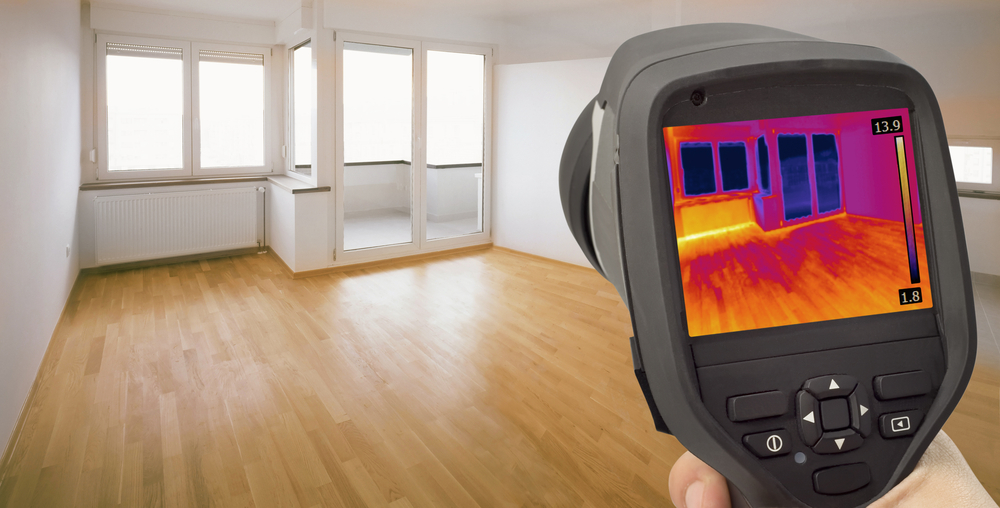
Conclusion
Like anything else, energy savings comes down to managing your return on investment. With something like RV propane, there is also the availability factor. During difficult times, some products or services are harder to come by or cost exponentially more.
Even if the ROI doesn’t make sense, hanging on to those valuable resources longer is worth the investment. Making your RV as energy efficient as possible could be the difference between having propane for heat and cooking or not having it at all.
Eliminate RV fuel anxiety by planning every fuel stop in advance, before your RV trip begins. By using RV LIFE Trip Wizard to plan your trips in detail, you’ll know exactly when and where you will need fuel for your RV or truck. You can also vet those fuel stops with satellite and street view to make sure you can get in and out safely, and back on the road.
Related articles:

